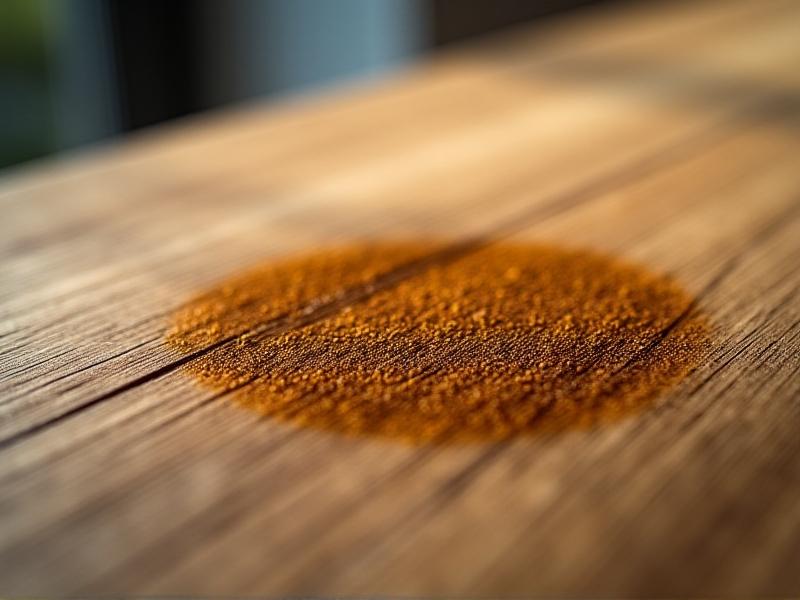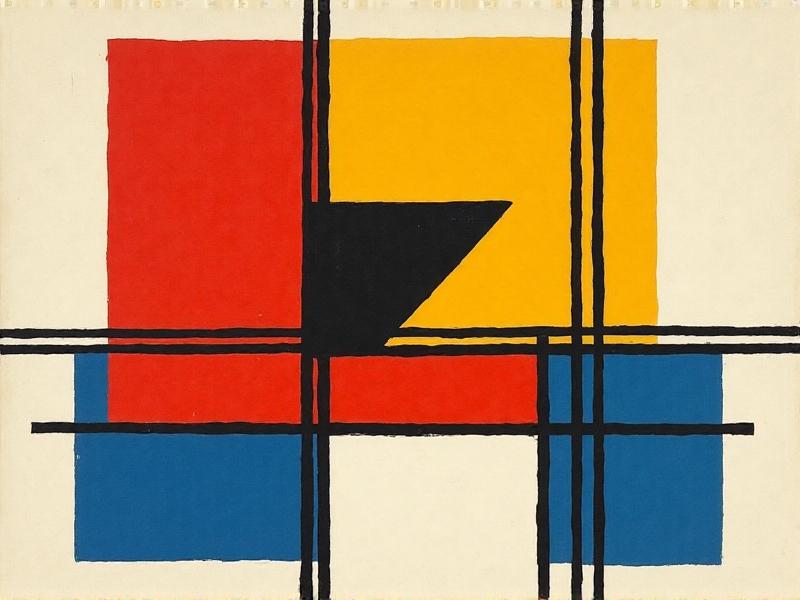Sectional Surgery: Dividing Large Pieces for Modern Spaces
The Evolution of Sectional Design: From Bulky to Modular
Sectional furniture once epitomized the grandeur of sprawling estates, with oversized sofas and rigid configurations dominating parlors. The 20th century, however, reshaped these designs to suit urban living. Mid-century modernists like George Nelson and Florence Knoll pioneered modular concepts, introducing adaptable pieces that could be rearranged for dynamic spaces. By the 1980s, the rise of studio apartments and open-floor plans cemented modularity as a necessity, not a luxury. Today’s sectionals prioritize flexibility—think reversible chaises, movable ottomans, and stackable units. This shift reflects a broader cultural move toward personalization, where furniture adapts to life’s unpredictability rather than dictating it.
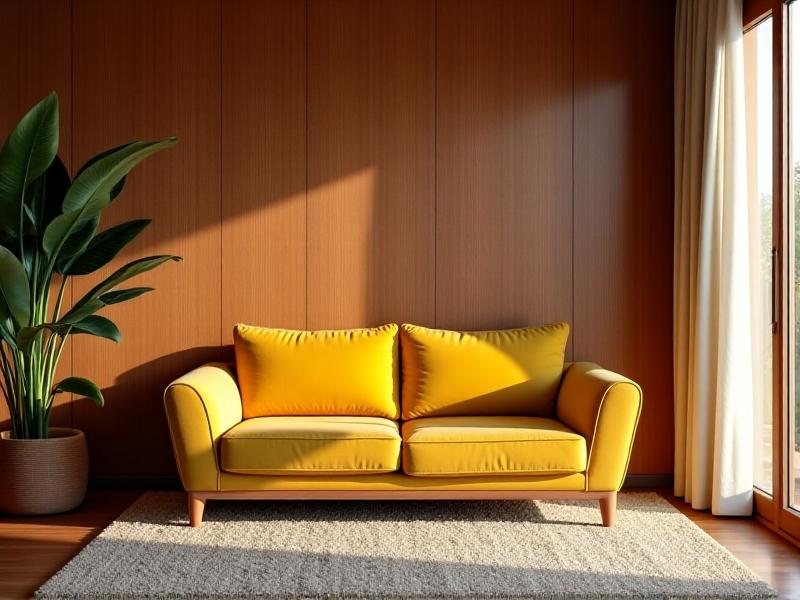
Space-Saving Strategies with Sectional Elements
Modern living demands creativity in compact spaces. Sectional elements like nesting tables, foldable screens, and multi-tiered shelving systems allow users to carve zones without walls. For instance, a low-profile sectional with hidden storage can double as a room divider and a media console. Designers often recommend curved sectionals to soften angular rooms or L-shaped configurations to maximize corner utility. The key lies in balancing form and function: a sleek, armless sofa paired with a floating desk creates a home office nook, while a daybed-section hybrid offers impromptu guest seating. These strategies transform cluttered areas into cohesive, multi-functional environments.
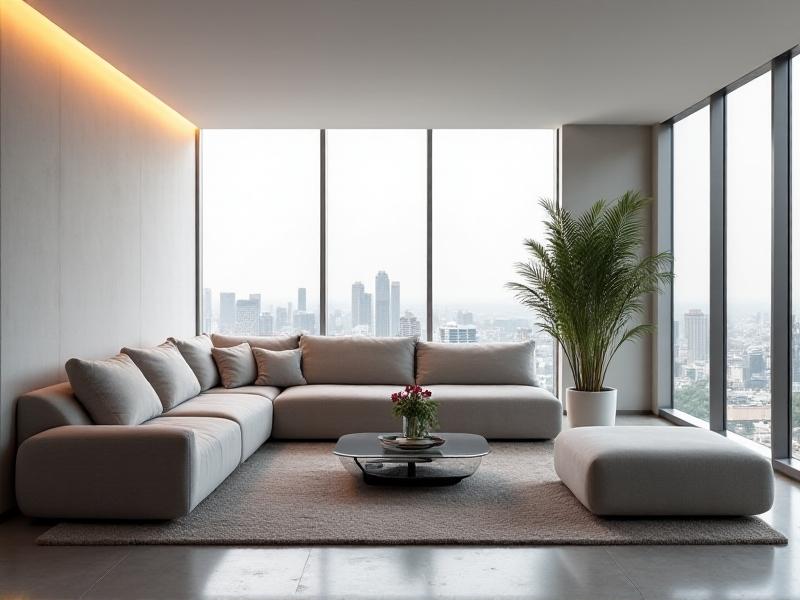
Material Innovation in Modern Sectional Furniture
Advancements in materials have revolutionized sectional durability and aesthetics. Lightweight carbon fiber frames enable effortless reconfiguration, while memory foam cushions wrapped in performance fabrics resist stains and wear. Sustainable options like bamboo plywood and recycled polyester upholstery cater to eco-conscious buyers. Metallics and translucent acrylics introduce industrial edge, whereas textured linens and organic cottons evoke warmth. Designers also experiment with thermoformed plastics for curved silhouettes that defy traditional joinery. These innovations ensure sectionals aren’t just practical but also statement pieces that align with modern sensibilities.
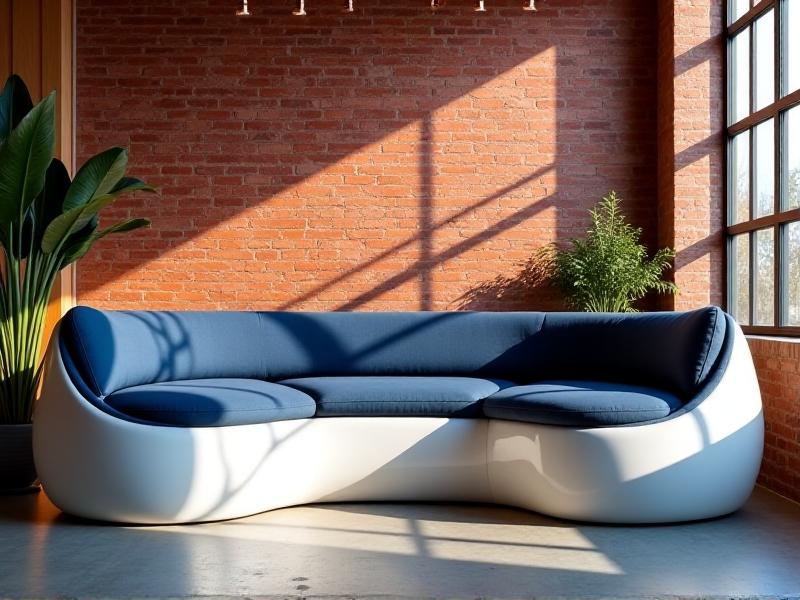
Aesthetic Harmony: Blending Sectionals with Contemporary Interiors
Integrating sectionals into modern spaces requires a keen eye for balance. Neutral tones like taupe or slate gray anchor bold accents, while asymmetrical layouts prevent visual monotony. Mixing textures—a leather chaise with a wool throw—adds depth. For minimalist rooms, low-profile sectionals with tapered legs maintain airiness. In maximalist settings, vibrant sectionals with geometric patterns become focal points. Lighting plays a crucial role: a sculptural floor lamp beside a sectional creates an intimate reading corner, while recessed LEDs highlight architectural lines. The goal is cohesion, where the sectional feels intrinsic to the space rather than an afterthought.
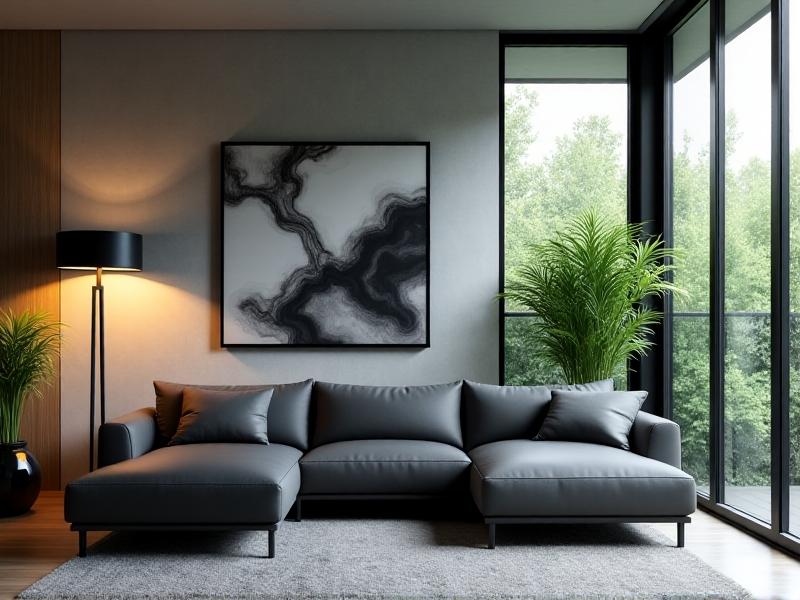
Case Studies: Successful Sectional Transformations
In a Brooklyn brownstone, a U-shaped sectional with a built-in desk transformed an underused attic into a hybrid office-lounge. The client prioritized natural light, so the designer chose a cream-colored linen sectional to brighten the space. Another project in a Tokyo micro-apartment utilized a foldable sectional bed that converted into seating for six, maximizing square footage. A suburban family opted for a modular sectional with washable covers, adapting to kids’ playdates and formal gatherings. These examples illustrate how tailored sectional solutions address diverse spatial challenges while reflecting occupants’ lifestyles.
Future Trends in Sectional Space Division
The next frontier for sectional design lies in smart technology and sustainability. Expect voice-activated modules with embedded charging stations or self-adjusting cushions powered by AI. Biophilic designs incorporating living plant walls into sectional units will blur indoor-outdoor boundaries. Circular design principles will drive rental and refurbishment models, reducing waste. Additionally, augmented reality apps will let users visualize sectionals in their spaces before purchasing. As urban density increases, sectionals will evolve beyond furniture into architectural elements that redefine how we inhabit and interact with our environments.


